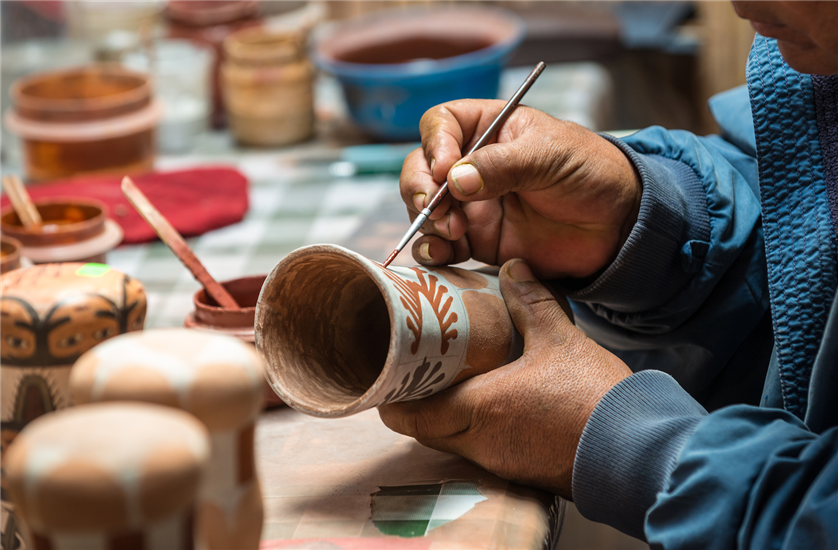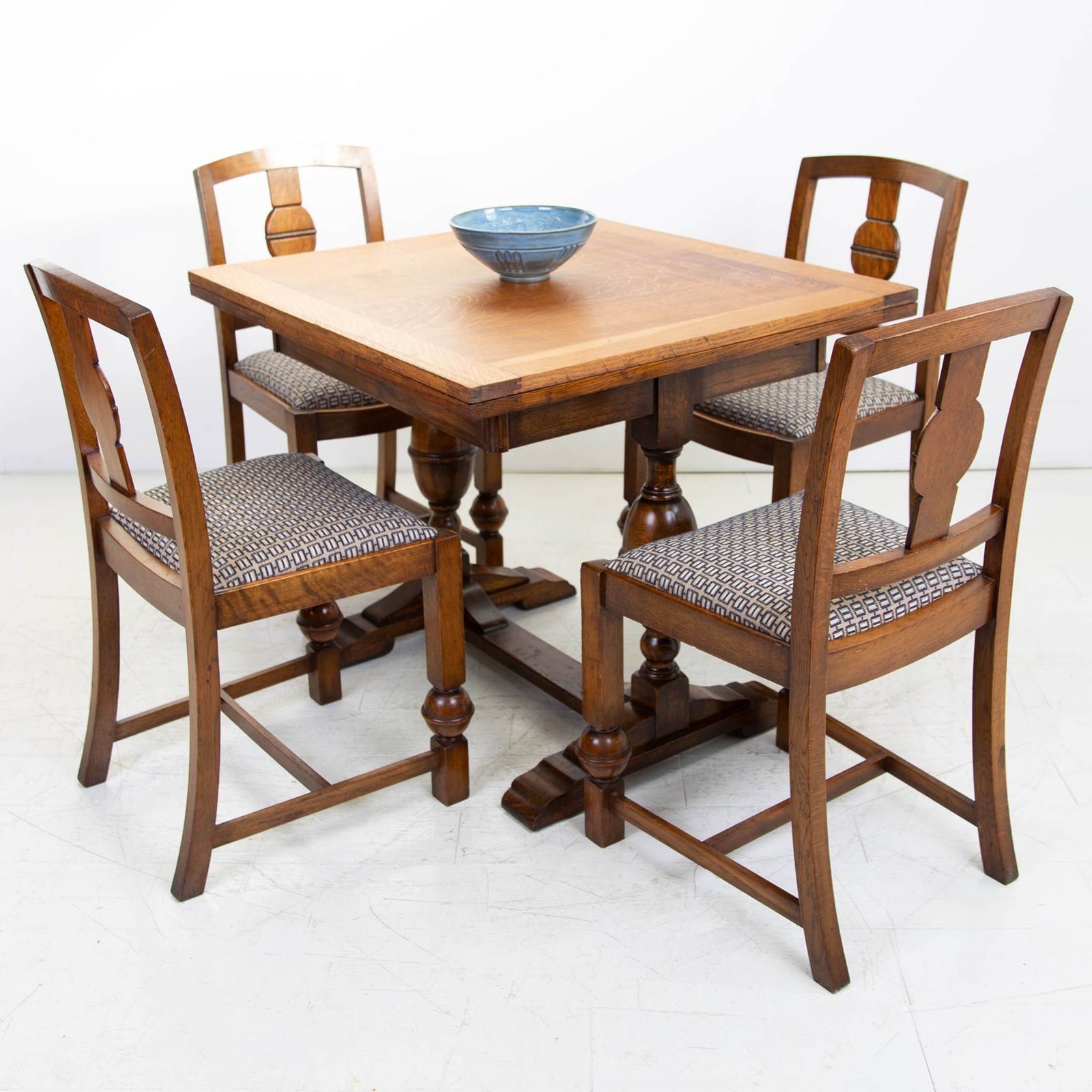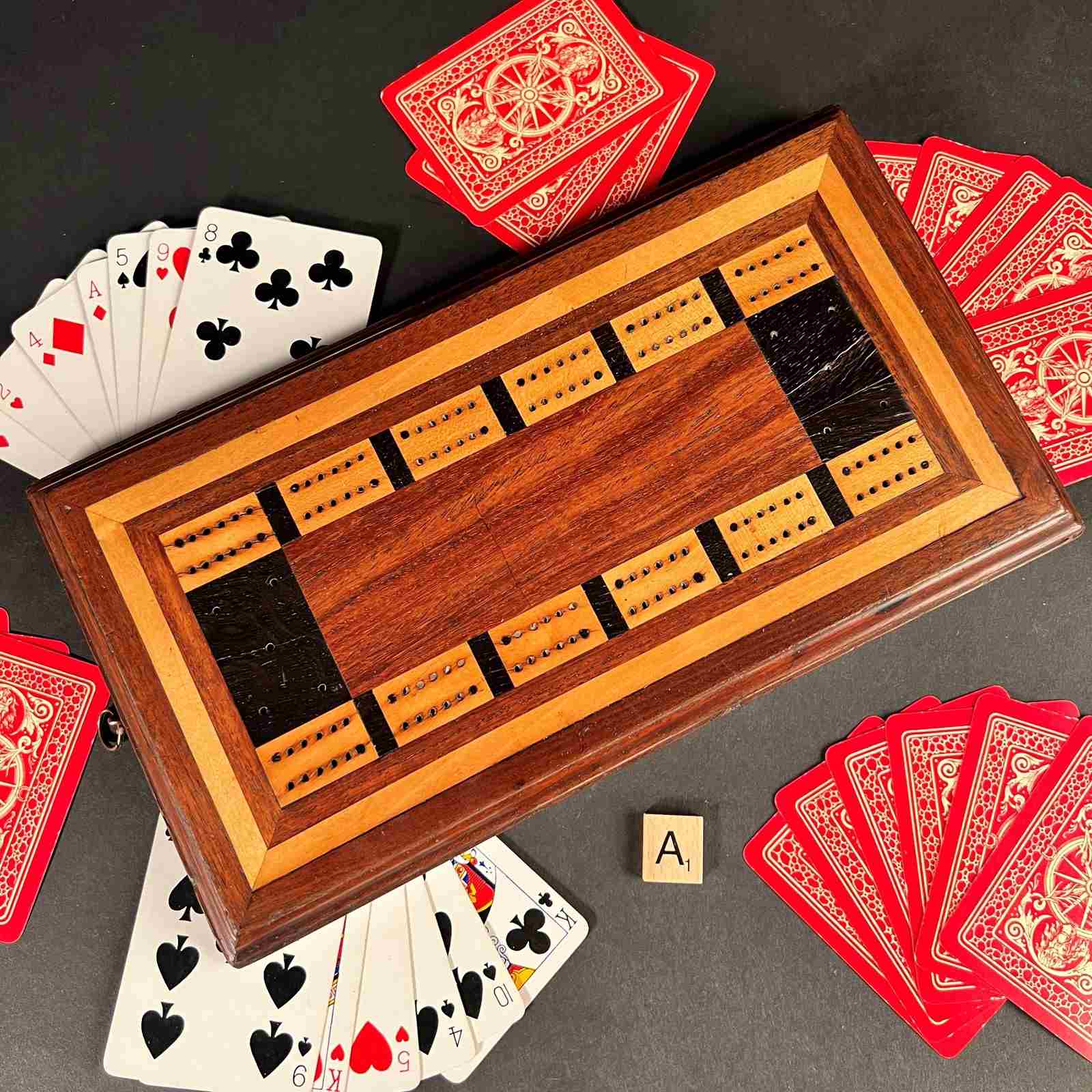
The Arts and Crafts movement was a pivotal moment in art history – a coming together of people in response to the downgrading of decorative art in the Victorian era. It no longer exists as a formal movement, but its legacy continues to impact everything from art education to women’s rights.
This blog looks at the people behind the Arts and Crafts movement, its aims, and the outcomes for today’s artists and craftspeople working in Britain.
A short introduction to the Arts and Crafts movement
The term ‘Arts and Crafts movement’ wasn’t widely used until the early 1900s. The name came from the Arts and Crafts Exhibition Society (a group founded by artist and illustrator Walter Crane in 1887).
In actuality, the movement was comprised of different groups who all shared the same aim to raise the profile of the decorative arts.
Industrialisation in the Victorian era led many to perceive a downgrading in the quality of goods that artisans previously handcrafted. The Arts and Crafts movement called for a return to small-scale workshops where an artist saw through his work from design to manufacture.
It emphasised the simple, functional design of everyday objects and championed crafts like metalwork, furniture-making, ceramics, and textiles.
Morris, Pugin, and Ruskin – the key influencers
William Morris is often credited with establishing the Arts and Crafts movement, but his involvement came much later, nearer the end of his life. His ideas were influential among the Society’s members.
Morris was against using machines and wanted a return to small-scale workshops, which would foster a greater connection between the designer and the finished product.
Pugin and Ruskin were also influential contributors. Augustus Pugin was an architect who championed a return to medieval values in design and craftsmanship, while John Ruskin was a Victorian art critic and philosopher who believed that design and creation should not be separated.
These ideals would become a big part of the Arts and Crafts movement’s treatise.
Key concepts of the Arts and Crafts movement
The Arts and Crafts movement was fundamentally about raising the profile of decorative arts and crafts. In 1888, the group held its first annual exhibition showcasing traditional crafts and craftsmanship.
At the heart of the movement was a return to simple, well-made objects that combined form with function, as summed up in this quote from William Morris:
“Have nothing in your house that you do not know to be useful or believe to be beautiful.”
The movement’s legacy
The Arts and Crafts movement inspired a revival of traditional techniques like embroidery and calligraphy. It welcomed amateur artists and craftspeople, students, and women into its fold, giving them greater access to the art world than ever before.
In 1907, May Morris, known for her embroidery design and daughter of William Morris, founded the Women’s Guild of Arts on account of women being barred from entry to the Art Workers’ Guild.
In the movement’s heyday between 1895 and 1907, new guilds, art schools, and technical colleges were established nationwide.




